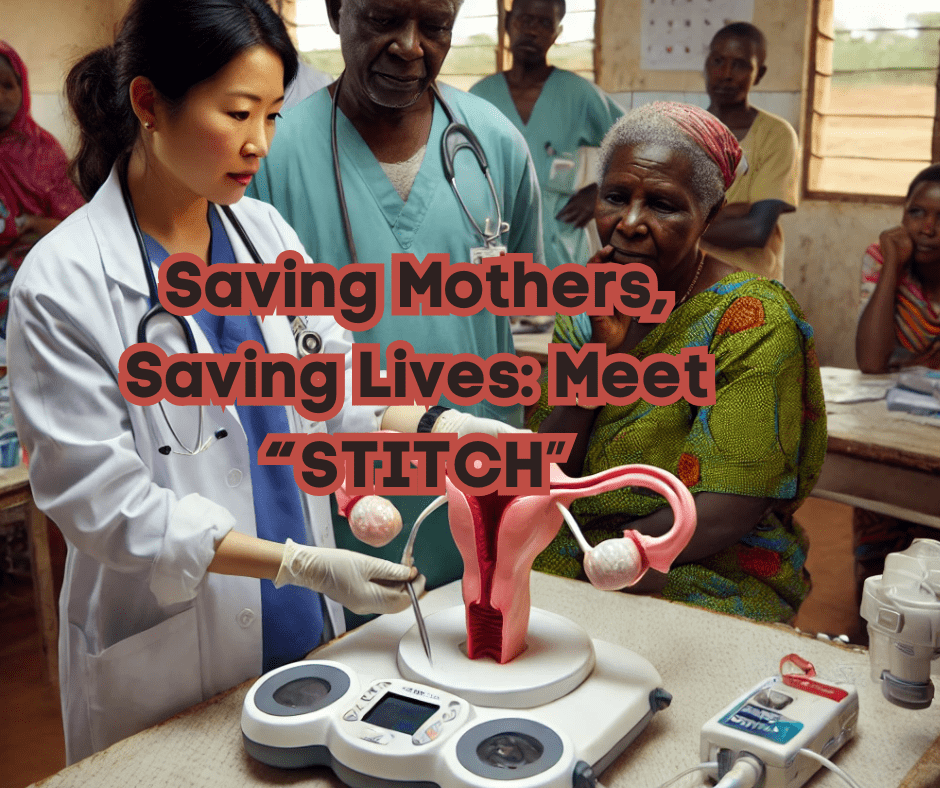
Every year, postpartum hemorrhage (PPH) claims the lives of 70,000 women globally, including right here in the U.S., where our maternal mortality rate is disturbingly high for a developed country. PPH accounts for 11% of all maternal deaths in the United States, with Black women facing a 2-3 times higher risk of dying from pregnancy-related complications than their white counterparts.
The STITCH device, developed by Esther Chin, MD, Global Health lead in McMaster University’s Department of Obstetrics & Gynecology, is a groundbreaking tool to reduce aimed at reducing postpartum hemorrhage (PPH).
Inspired by her experiences in rural Rwanda, Chin shifted her career to focus on maternal health and created STITCH—Surgical Trainer for Interventions to Control Postpartum Hemorrhage.
This simulator helps healthcare professionals practice critical life-saving procedures, such as compression sutures and artery ligation, to manage severe bleeding after childbirth.
Unlike larger, costly models, STITCH is portable, reusable, and affordable, making it especially valuable in low-resource settings. Its design, which is based on an MRI of the female pelvis, its designIts design, based on an MRI of the female pelvis, adds realism to the training.
STITCH is already being showcased at international medical conferences and is poised to make a significant impact in reducing preventable deaths from PPH, particularly in marginalized communities across the globe.
In my 35 years of clinical experience, I have seen firsthand the difference that preparation can make in the delivery room. I encourage healthcare decision-makers and ob-gyn residency directors to incorporate tools like STITCH into obstetric training, especially in underserved areas where healthcare inequities are most glaring.
We owe it to every mother to ensure her safe passage through childbirth.




